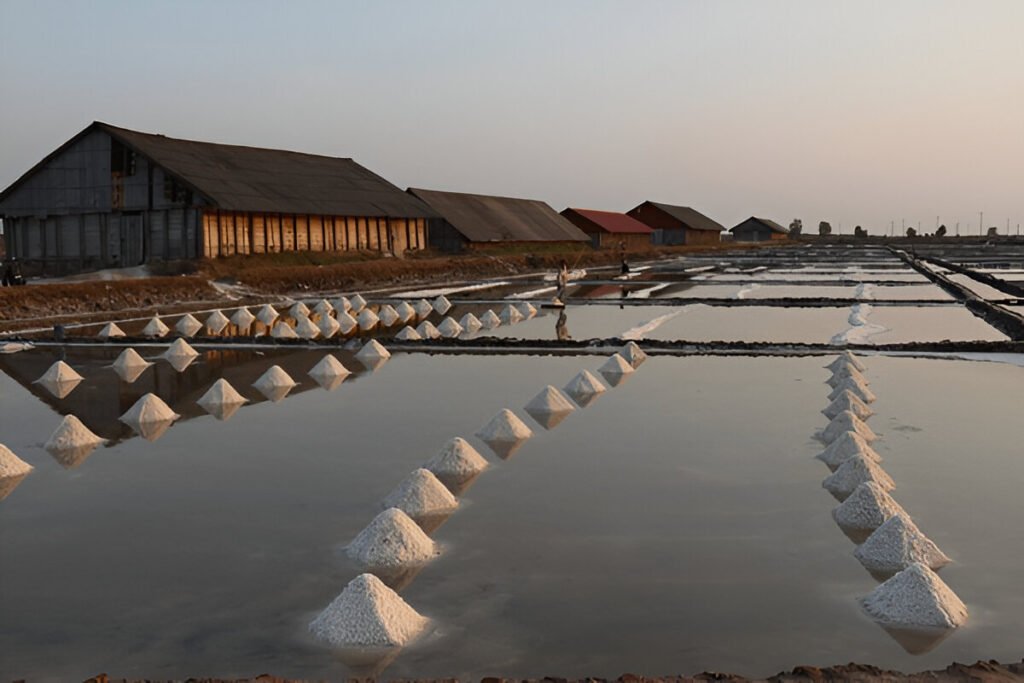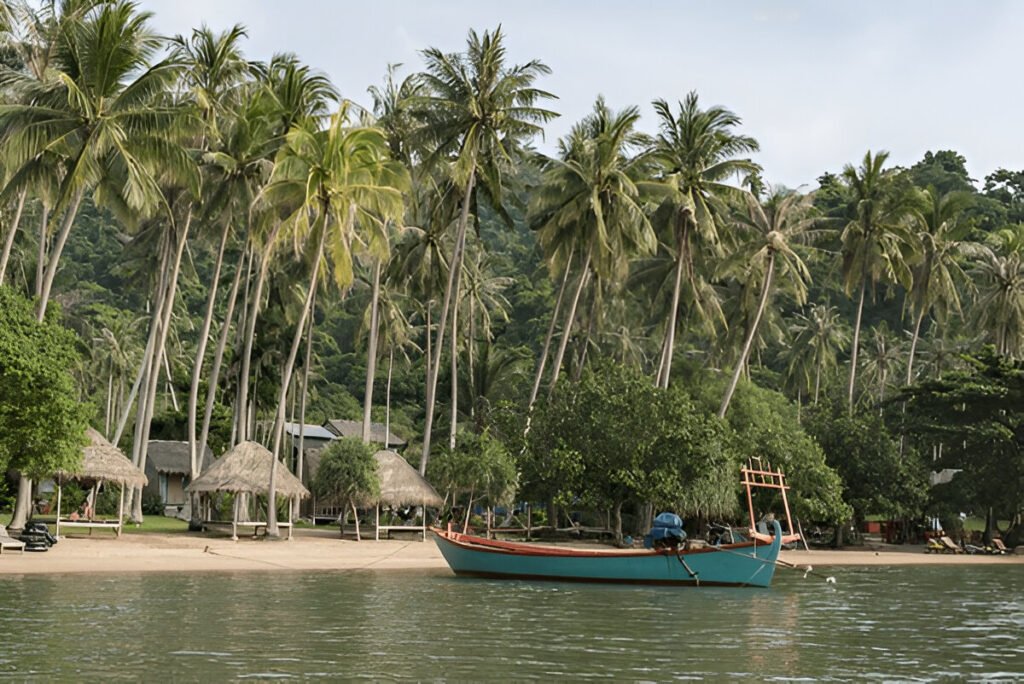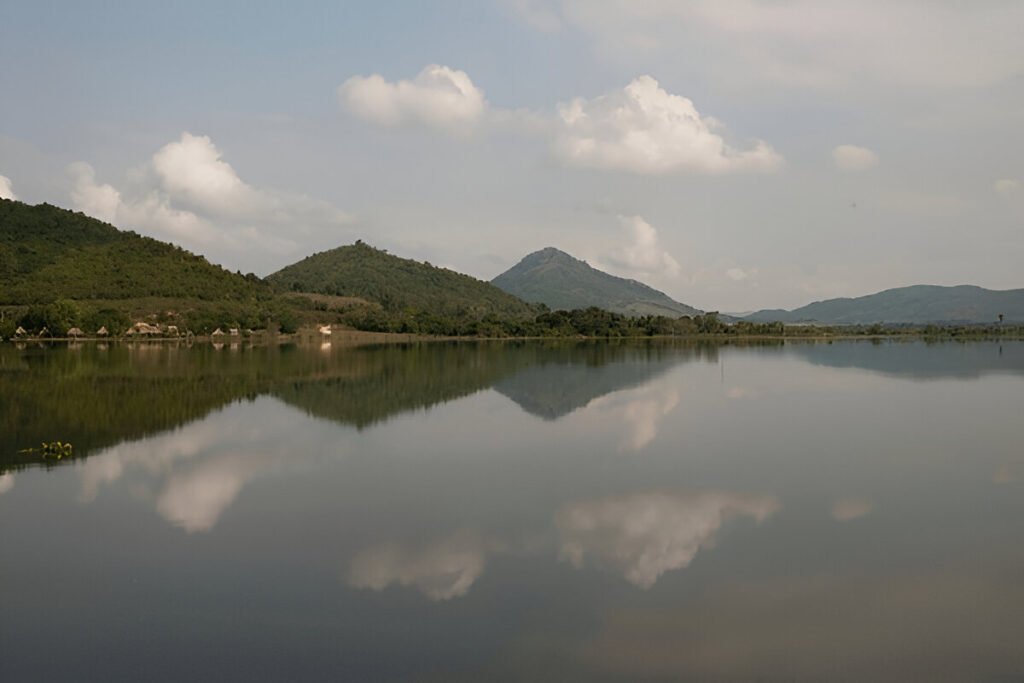Introduction:
Welcome to a place where the past seamlessly melds with the present, and where creativity thrives amidst industrial relics. Nestled in the eastern corner of Beijing, China, is an art district that paints a picture of stark contrast yet harmonious fusion – the 798 Art District. This former industrial zone, once forgotten and ignored, has been transformed into a vibrant epicenter of contemporary art, making it a must-visit destination for art lovers and cultural explorers worldwide.
Exploring 798 Art District: A Fusion of Industry and Creativity
The 798 Art District is not your typical art gallery or museum. This vast complex is bustling with life, filled with galleries, studios, boutiques, cafes, and even a few high-tech companies. The buildings themselves are artworks, their Bauhaus-style architecture reminiscent of the district’s industrial past. Rusty pipes, disused factories, and dilapidated warehouses offer a stark juxtaposition to the sleek modern sculptures, graffiti, and murals that adorn them.
As you wander through the meandering alleys and wide-open plazas, you’ll encounter a multitude of art forms, from traditional Chinese painting to avant-garde installations. The district is a melting pot of creativity, where international artists showcase their work alongside local talents. Every corner, every turn reveals a new story, a new perspective, a new interpretation of the world around us.
The Intersection of Old and New: Contemporary Art in a Historic Industrial Zone
The 798 Art District is a testament to Beijing’s continuing transformation. Established in the 1950s as an electronics factory complex, it fell into disuse during the Chinese economic reforms of the 1980s and 1990s. In the early 2000s, artists and galleries began moving in, drawn to the area’s spacious, cheap, and unique industrial architecture.
Today, the district has managed to retain its historic charm while propelling itself into the future. The old factory buildings have been repurposed into galleries, exhibition spaces, and art studios. Meanwhile, the industrial icons – smokestacks, pipelines, and factory machines – have been left untouched, serving as reminders of the district’s past. This fusion of old and new creates a uniquely inspiring environment, one that resonates with vitality and creativity.
Description of the Attraction:
As you step into the 798 Art District, you are stepping into a living museum. The district itself breathes history, its Bauhaus-style architecture juxtaposed against modern sculptures and graffiti. The atmosphere is electric, pulsating with creative energy. Art galleries, studios, and boutiques fill the old factories and warehouses. Countless cafes and eateries offer spots to rest and soak in the vibrant surroundings.
Things to Do:
There’s plenty to explore in the 798 Art District. Visit the Ullens Center for Contemporary Art, one of China’s most prominent contemporary art institutions. Attend the annual 798 Art Festival in September, a week-long celebration of art and culture. Or simply wander around, get lost amongst the art installations, and let your creativity flow.
Local Tips:
The best time to visit the 798 Art District is during the weekdays when it’s less crowded. Bring a camera to document the unique art and architecture. And don’t forget to check out the local boutiques for unique souvenirs.
How to Get There:
Getting to the 798 Art District is relatively easy. It’s a short taxi ride from downtown Beijing, or you can take public transportation, like bus 401 or 909. From the airport, it’s about a 40-minute drive.
Nearby Attractions:
Nearby attractions include the China National Film Museum and the Wangjing SOHO, a futuristic high-rise complex designed by Zaha Hadid.
Conclusion:
The 798 Art District is more than just an art district; it’s a testament to the transformative power of creativity. It’s a place where history and modernity converge, where industrial relics serve as canvases for contemporary art. It’s a place where every corner tells a story, and every story sparks inspiration. So why not embark on this unique journey, let your creativity run wild, and see the world from a different perspective?






